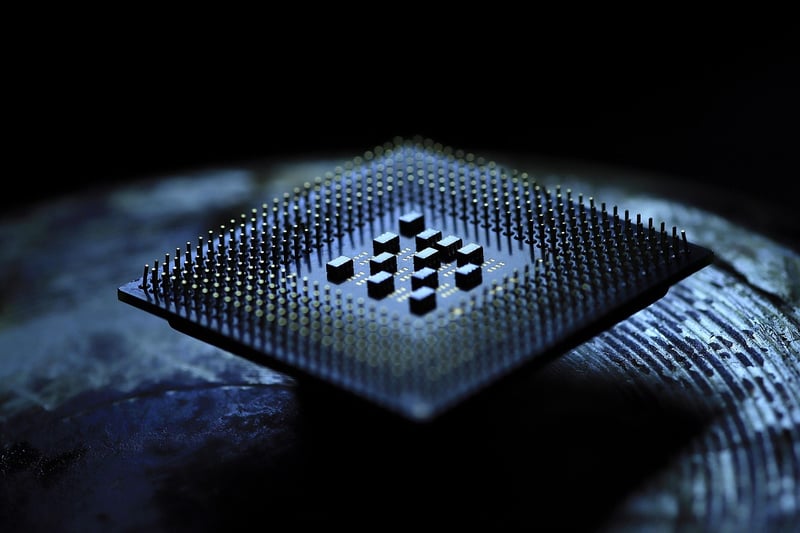Future Technology
The Future of Uncovering Mysterious Objects with Technology
Exploring the unknown has always been a fascinating endeavor for humanity. From ancient civilizations to modern societies, the quest to uncover mysterious objects has been a driving force behind scientific and technological advancements. In the future, with the rapid development of technology, we are poised to make groundbreaking discoveries that were once relegated to the realm of science fiction.
1. Artificial Intelligence and Machine Learning
Artificial intelligence (AI) and machine learning are revolutionizing the way we approach archaeology and exploration. With AI algorithms capable of analyzing vast amounts of data, researchers can now pinpoint potential archaeological sites with unprecedented accuracy. By sifting through satellite imagery and geological data, AI can identify anomalies that may indicate hidden treasures or artifacts buried beneath the earth's surface.

2. Remote Sensing Technologies
Remote sensing technologies, such as LiDAR (Light Detection and Ranging) and ground-penetrating radar, have revolutionized the field of archaeology by enabling researchers to see beneath the surface without disturbing the ground. These technologies can create detailed 3D maps of archaeological sites, revealing hidden structures or artifacts that are invisible to the naked eye.

3. Virtual Reality and Augmented Reality
Virtual reality (VR) and augmented reality (AR) are transforming the way we experience and interact with historical artifacts and sites. By donning a VR headset, researchers and enthusiasts can immerse themselves in virtual reconstructions of ancient cities or archaeological digs, bringing the past to life in stunning detail. AR applications allow users to overlay digital information onto the physical world, enabling real-time exploration and interpretation of archaeological sites.

4. Robotics and Drones
Robotics and drones are playing an increasingly important role in archaeological exploration. Drones equipped with high-resolution cameras can capture aerial images of vast landscapes, providing valuable insights into ancient civilizations' layout and infrastructure. Robotic systems can also be used to explore hard-to-reach or hazardous areas, such as deep-sea wrecks or collapsed structures, without endangering human lives.

The future of uncovering mysterious objects with technology is an exciting frontier that holds the promise of unlocking ancient secrets and rewriting history books. By harnessing the power of AI, remote sensing, VR/AR, robotics, and drones, we are entering a new era of discovery where the past meets the future.
